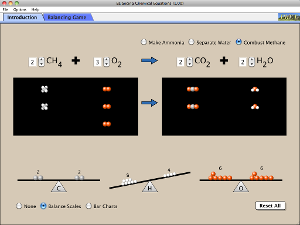

The reaction rules are stored in the “Data/Reactions/” directory ( ). And may be you can add your own rules, if you find something missing or incorrect there.

If you take a look at all these rules, you can have a good idea what each of these syntax mean. If the element group found, it will give the name ‘al’ or ‘oxo’ depending on whether it defines the main group of elements of the compound or not. First it identify the the aldehyde by checking double bond to ‘O’ (which is the element type ‘7’), and a single bond to ‘H’ (which is the element type ‘1’). It is the naming rules for aldehyde compounds. If you open one of them (we will take al.txt), it would be something like this txt files (infact xmls) that defines the IUPAC rules. If you go to the “Data/IUPAC/” directory (you can view svn from here, ) you can find there are set of. At the end of the sidebar there is a ‘help’ button that directed you to the user guide. This contain a canvas that you can add, edit and delete organic compounds (so you will be directed to the ‘Drawing Panel’), some sidebar panels to select Inorganic compounds and additional conditions requires for the reactions and a set of buttons to start reactions and manage the result set. Yea it will nicely render our compound, and look at the bottom, it has generated the IUPAC name for the compound.
#Chemical reaction simulator online generator
IUPAC Name Generator - Reaction Simulator


 0 kommentar(er)
0 kommentar(er)
